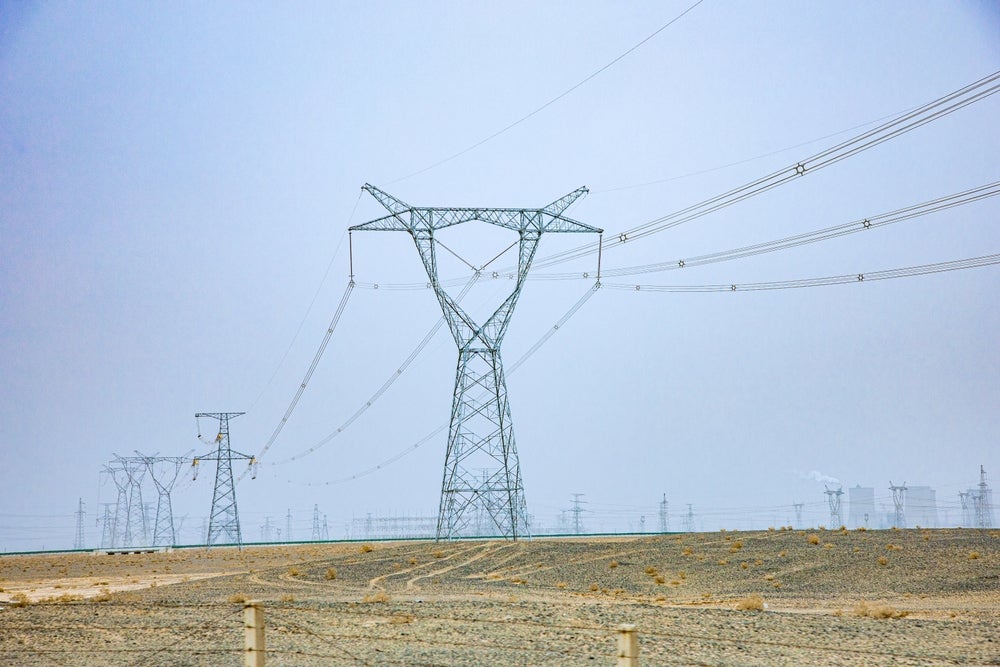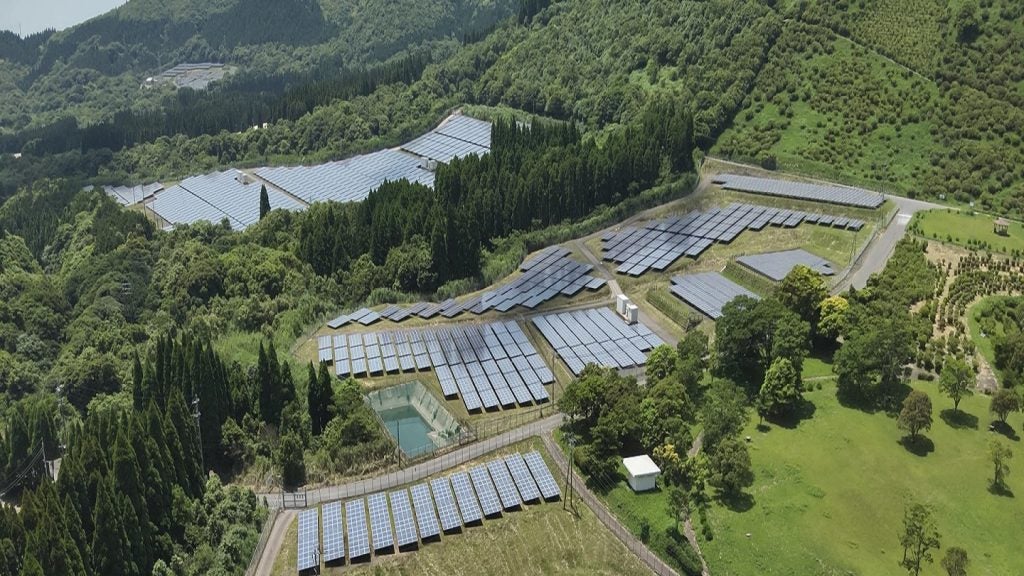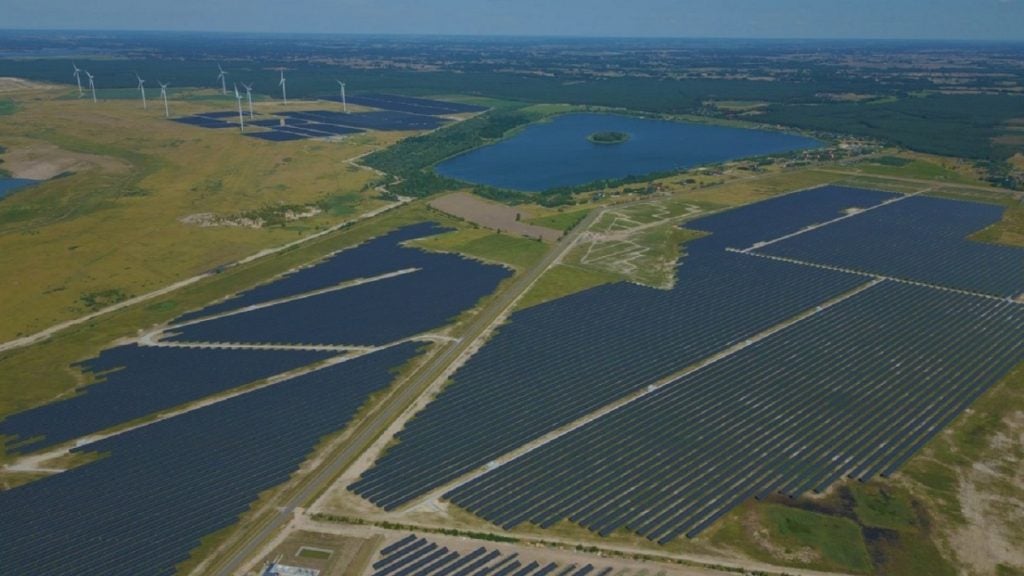Power grids in Chinese provinces including Shanghai and Zhejiang are experiencing extreme demand as record temperatures reach more than 40°C (104°F).
State broadcaster CCTV reported that temperatures as high as 43.9°C have scorched eastern regions such as Zhejiang, Jiangsu, Shanghai and Anhui, as well as Xinjiang in the north-west.
In Shanghai, the maximum load on the power grid exceeded 40 million kilowatts (kW) for the first time on 2 August as 40°C temperatures boosted electricity consumption in the city of nearly 25m people, according to industry news outlet BJX.com.
According to Reuters, the spike in electricity demand could threaten a power supply crunch across eastern China.
Electricity consumption has risen mainly due to increased demand for air conditioning following the extreme heat, which Chinese meteorologists attribute to global warming.
Today (5 August), China’s national weather forecaster warned of potential fire hazards caused by excessive power consumption and electrical loads.
Daily maximum temperatures at seven national weather stations have breached local historical extremes, and this is expected to continue in areas around the Yangtze River delta, Jiangsu and Hangzhou.
As the trend is forecasted to continue for up to ten more days, Zhejiang's State Grid reportedly advised people to turn their air conditioners off when temperatures were milder. It also recommended that electric vehicle owners charge their vehicles late at night to stagger electricity use from daily peak hours.
In May 2024, heavy rains across China allowed for increased capacity at the country’s cascade dams, increasing hydropower generation and reducing the need for coal-fired power production. However, at the time it was noted that China has struggled with temperamental hydro output in recent years. Between winter 2022 and spring 2023, China experienced significantly less precipitation and higher temperatures than in previous years, leading to a sharp reduction in generation.















